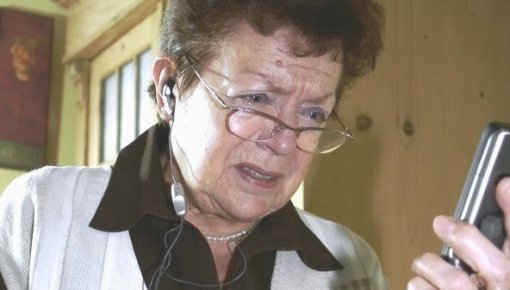Signs of a stroke

A stroke is a medical emergency. The most important thing you can do if you think someone is having a stroke is to immediately make an emergency call (112 in Germany and many other countries, 911 in the U.S.). The earlier you act, the more likely it is that lasting damage will be prevented.
Quick action can save lives in an emergency! Starting treatment for a stroke as soon as possible can stop brain cells from dying and prevent serious consequences.
It is important to recognize the typical signs of a stroke:
- Sudden weakness, numbness and signs of paralysis: People who are having a stroke can often no longer move their arm, hand and/or leg properly. As well as weakness, some people experience sensations like tingling and numbness. It can sometimes feel like your arm or foot has gone to sleep. Drooping on one side of the mouth is another typical sign of a stroke. These symptoms usually just affect one side of the body, and only rarely both sides.
- Speech and language problems: Many people suddenly have difficulties finding the right words during a stroke and speak in broken sentences. Sudden slurring of words or mumbling can also be signs of a stroke. Another possible sign of a stroke is difficulties understanding speech – although the person can hear the words, they can't make sense of them.
- Vision problems: A stroke can affect vision. The person can no longer see things on one side of them – their field of vision on the left or right is limited. They might also be unable to see at all through one eye for a while. Many people have double vision. If they want to reach for something, such as a cup, they often miss it.
- Dizziness and trouble walking: People may have difficulty keeping their balance. They either feel like everything is spinning around, or swaying from side to side.
- Severe headache: A sudden, unusually strong headache can also be a sign of a stroke. These headaches are normally caused by bleeding in the brain due to a torn or burst blood vessel. Headaches may be the only symptom at first, followed a little later by other symptoms such as paralysis and confusion. Nausea and vomiting are also possible symptoms.
